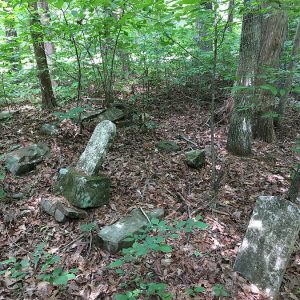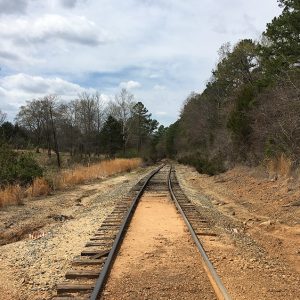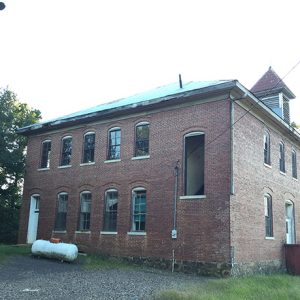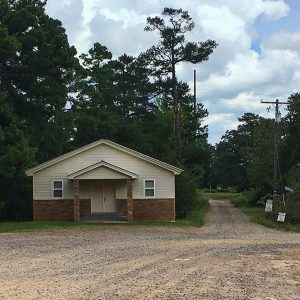 Abbott Pentecostal Church of God
Abbott Pentecostal Church of God
County: Scott
 Abbott Pentecostal Church of God
Abbott Pentecostal Church of God
Abbott (Scott County)
 Abbott Grill and Station
Abbott Grill and Station
 Agricultural Wall
Agricultural Wall
 Amber's Cafe
Amber's Cafe
Anderson (Scott County)
 Agricultural Land
Agricultural Land
 Anderson View, East
Anderson View, East
 Anderson View, West
Anderson View, West
 Anthony Cemetery
Anthony Cemetery
 Arkansas Western Railroad
Arkansas Western Railroad
Arkansas Western Railroad
 Arkansas Western Railroad Story
Arkansas Western Railroad Story
Bates (Scott County)
 Bates Church
Bates Church
 Bates Church
Bates Church
 Bates Railroad
Bates Railroad
Bates School House
 Bates School House
Bates School House
 Bates School House
Bates School House
 Black Fork Creek
Black Fork Creek
Beauchamp (Scott County)
 Big Cedar Cemetery
Big Cedar Cemetery
 Big Cedar Creek
Big Cedar Creek
Black Fork (Scott County)
 Black Fork Cemetery
Black Fork Cemetery
 Black Fork Mountain
Black Fork Mountain
Blansett (Scott County)
 Blansett Bridge
Blansett Bridge
 Blansett, North End
Blansett, North End
 Blansett
Blansett
 Blansett, South End
Blansett, South End
Blue Ball (Scott County)
 Bluff Ridge
Bluff Ridge
Bluff Ridge (Scott County)
Boles (Scott County)
 Boles Free Will Baptist Church
Boles Free Will Baptist Church
 Boles Community Center
Boles Community Center
 Boles Post Office
Boles Post Office
 Boles Fire Department
Boles Fire Department
Bond, Patricia Lee Parker (Pat)
 B. J. F. Trotter Cemetery
B. J. F. Trotter Cemetery
 Boothe Church
Boothe Church
Boothe (Scott County)
 Brawley Environs
Brawley Environs
Brawley (Scott County)
 Bryan Railroad
Bryan Railroad
 Bryan Well
Bryan Well
Bryan (Scott County)
 Buffalo Cemetery
Buffalo Cemetery




